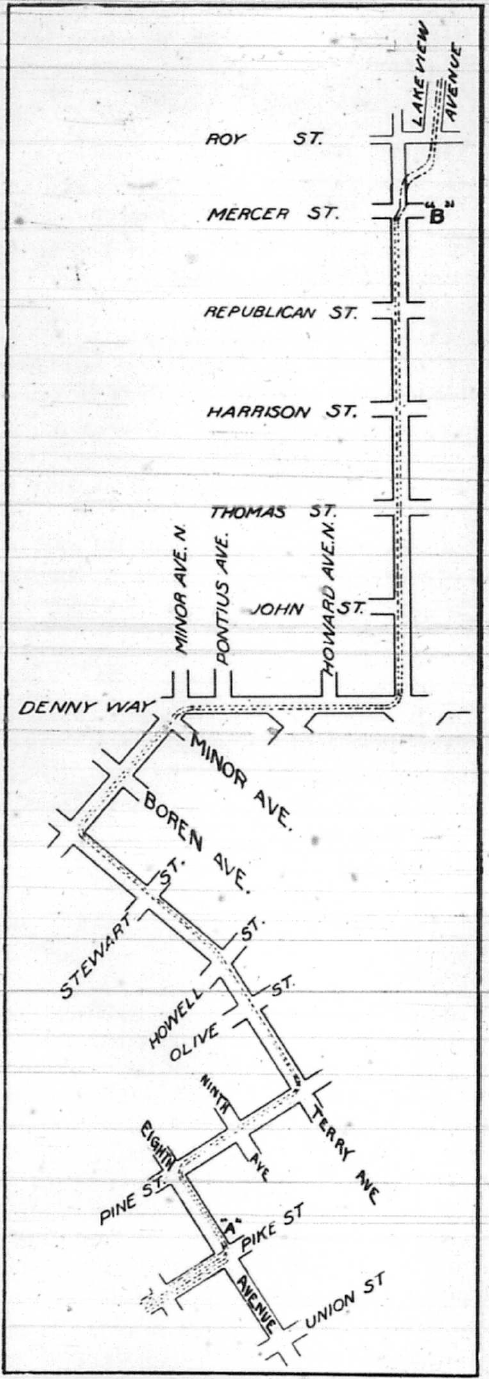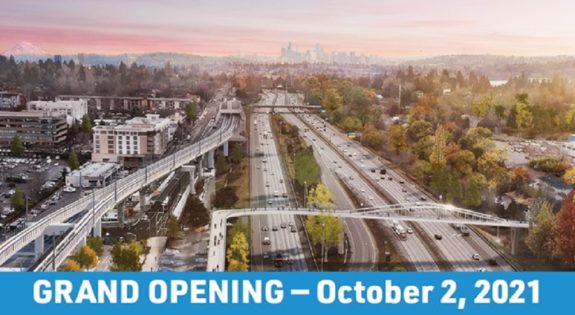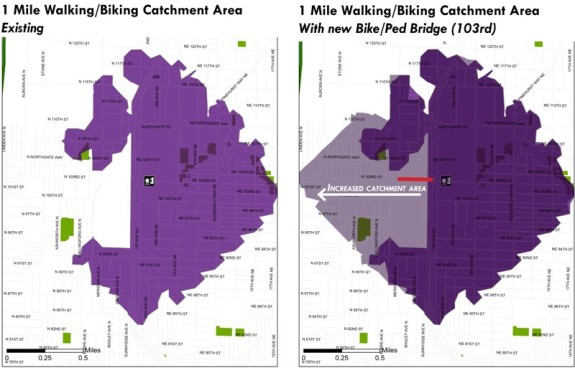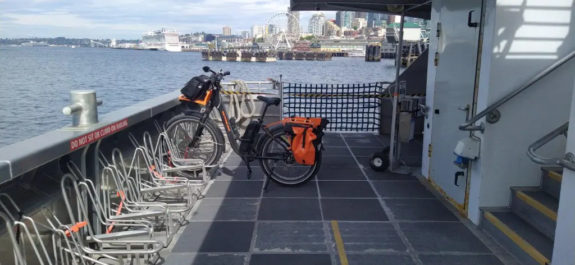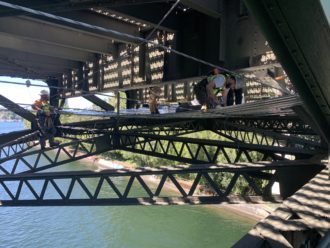E-bike sales are outpacing electric car sales two-to-one in the United States, and e-bikes now make up 20% or more of bikes sold in Seattle bike shops. And as Josh Feit (with Maryam Noor) wrote for Publicola, all signs point to a continued increase in e-bike use.
Feit recently bought an e-bike after a friend offered him a chance to try his bike “like we were 14, and he was offering me my first hit of pot.” Like so many people, that’s all it took to be convinced. E-bikes can flatten the city in a way that makes many more trips in our hilly town both practical and convenient.
I was one of several people Feit spoke with for the story, and it was a great excuse to think about how much has changed in recent years. For many years in recent decades, people prognosticated that e-bikes were about to break into the mainstream. But it just never seemed to happen at scale. That has finally changed. The real question now is: When do we drop the “e” and start just calling them “bikes?” I already sometimes refer to non-e-bikes as “pedal bikes” or “pedal-only bikes,” and I often hear people call them “acoustic bikes.” The electric assist will someday be considered just another optional bike component, like having a multi-gear drivetrain instead of a single speed.
All those Lime and Jump electric bike share bikes probably also supercharged interest in e-bikes in Seattle. Everyone who rides one for the first time is also sort of test-riding the idea of e-bikes. We already noted (before the pandemic) that Fremont Bridge bike trips continued to grow even after bike share trips leveled out, and a promising hypothesis was that many people discovered (or rediscovered) city cycling through bike share and then went out and bought their own bikes. It makes sense that people have done the same with e-bikes.
But maybe the most interesting realization I had during our conversation was how far we’ve come from the days when you couldn’t have a conversation about e-bikes without someone calling them “cheating” or “lazy.” Resistance to e-bikes from people who already bike has really melted away in recent years, and now it’s at the point where hating on e-bikes sounds antiquated or pretentious. I like how Maya Ramakrishnan put it in a recent tweet: “You can’t cheat at transportation because it’s not a competition. It’s good that more people are able to use Not Cars to get around and do errands.”
Be sure to read the whole story on Publicola, which includes wonderful quotes like:
“When someone says, ‘Oh, you know, cycling is great for people who don’t have children,’” Davey Oil, owner of G & O Family Cyclery in Greenwood, quipped, “I’m just like, ‘Hold my juice box, I have three kids on this bike.’”
and
While $1,500 for a bike still might seem Team Bourgeois as opposed to Team Budweiser, “it’s also a lot less expensive than a car,” said Anna Zivarts, local bike advocate and Director of the Disability Mobility Initiative at Disability Rights Washington. “And,” she added, “it is my car.”

